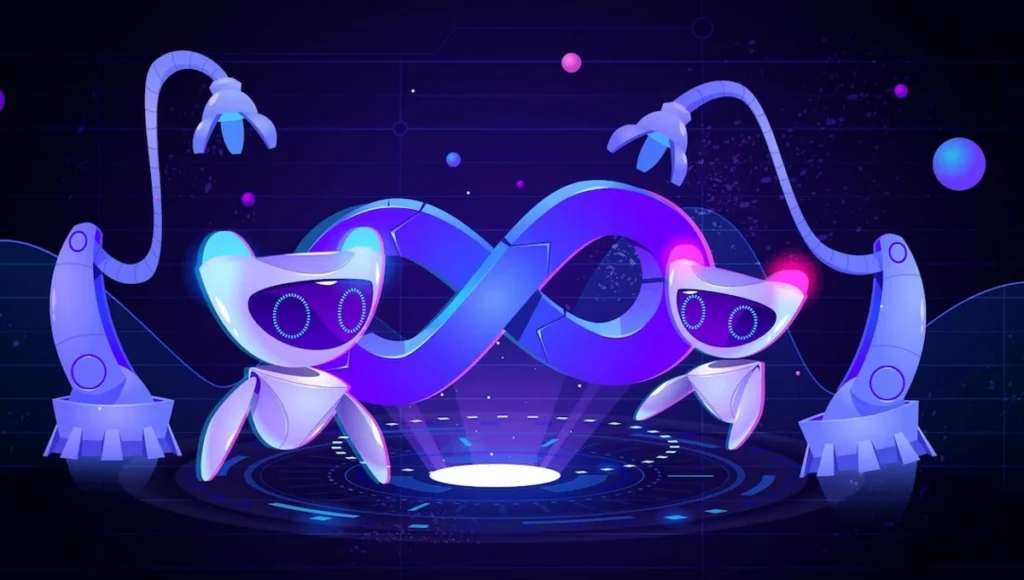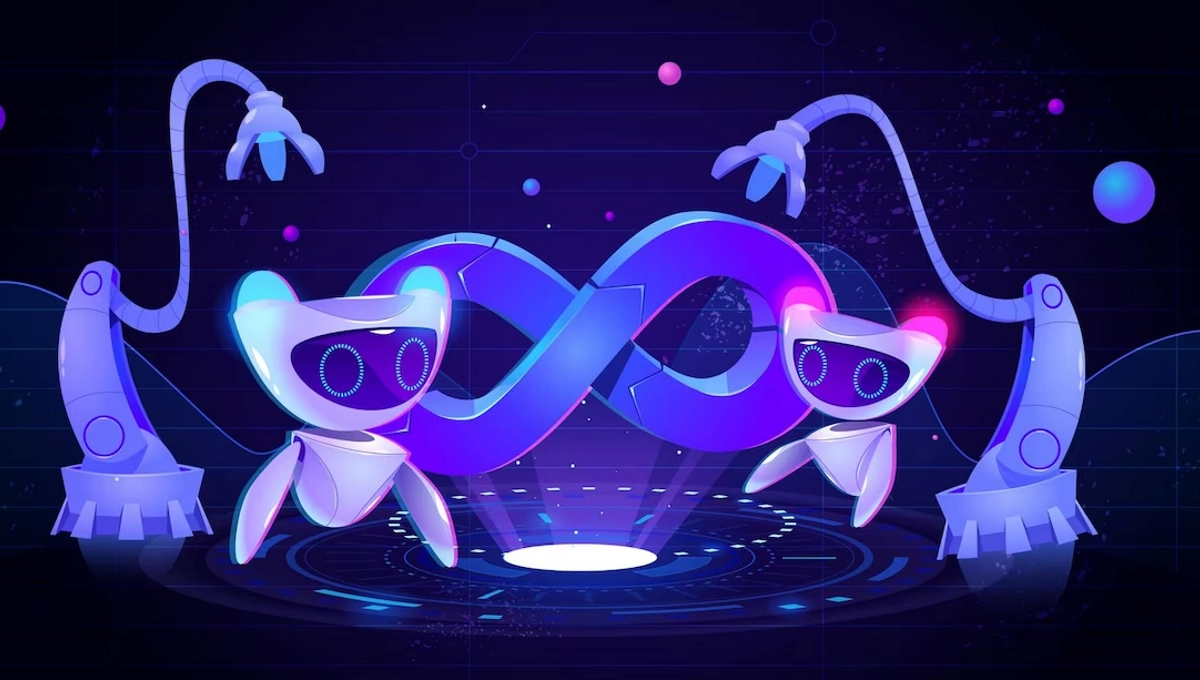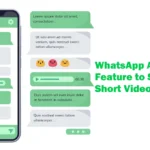Meta Platforms has unveiled a new artificial intelligence (AI) model called I-JEPA that can analyze and complete unfinished images more accurately than existing models.

Table of Contents
I-JEPA stands for “Image-Joint Entity-Part Attention” and is a generative AI model that uses background knowledge about the world to fill in missing pieces of images. This approach allows I-JEPA to avoid errors that are common to other AI-generated images, such as hands with extra fingers.
Meta says that I JEPA is still under development, but it has already been used to create realistic images of people, animals, and objects. The company plans to make I-JEPA available to researchers and developers in the future.
How does I-JEPA work?
I JEPA is a deep learning model that has been trained on a massive dataset of images and text. The model learns to identify objects and their relationships in the real world. When it is presented with an unfinished image, I JEPA uses its knowledge of the world to fill in the missing pieces.
I JEPA’s approach to image completion is different from other generative AI models. Most generative AI models only look at the nearby pixels of an unfinished image when trying to complete it. This can lead to errors, such as hands with extra fingers.
I JEPA, on the other hand, uses background knowledge about the world to fill in missing pieces of images. This allows I JEPA to avoid errors that are common to other AI-generated images.
What can I do with I-JEPA?
Meta says that I-JEPA is still under development, but it has already been used to create realistic images of people, animals, and objects. The company plans to make I JEPA available to researchers and developers in the future.
I-JEPA could be used for a variety of applications, such as:
- Creating realistic images for movies and video games
- Generating realistic images for marketing and advertising
- Creating realistic images for education and training
- Creating realistic images for medical and scientific research
What are the limitations of I-JEPA?
I JEPA is a powerful AI model, but it is not without its limitations. One limitation is that I JEPA can only generate images that are consistent with the data it has been trained on. This means that I JEPA may not be able to generate images of things that it has never seen before.
Another limitation is that I JEPA can be computationally expensive to train and run. This means that I JEPA may not be accessible to everyone.
Despite its limitations, I JEPA is a promising new AI model with the potential to revolutionize the way we create and use images.
Also, Read
- Exciting Update: WhatsApp Introducing Short Video Messages Feature
- Big Changes at Google Work From Office Mandated for 3 Days a Week
- LinkedIn AI Tool New AI-Powered Feature to Help Users Write Better Content
- Transform Your Images: Google Photos to Offer On-Demand Cinematic Effects
Don’t forget to support us by following us on Google News or Returning to the home page TopicsTalk
Join Telegram and WhatsApp for More updates
Follow us on social media




